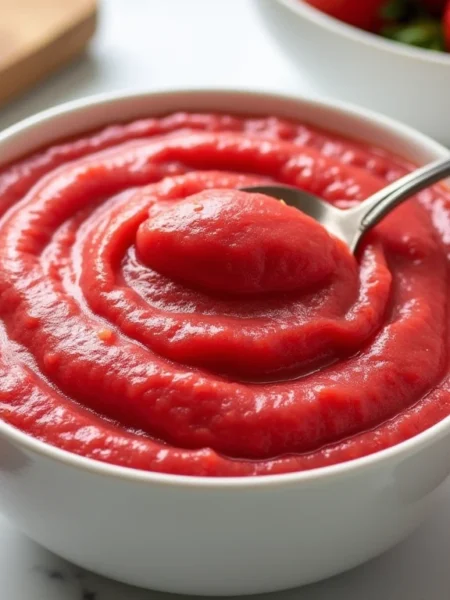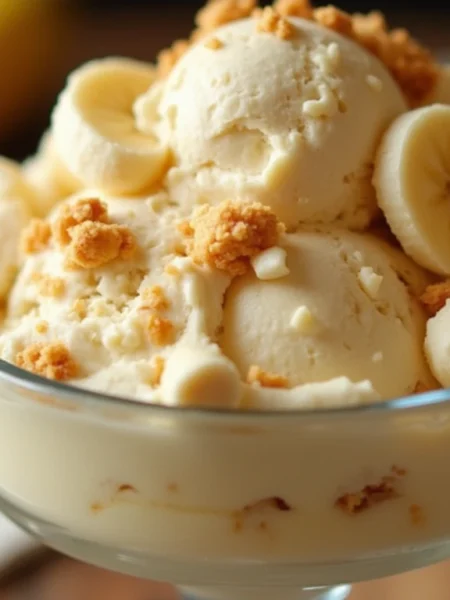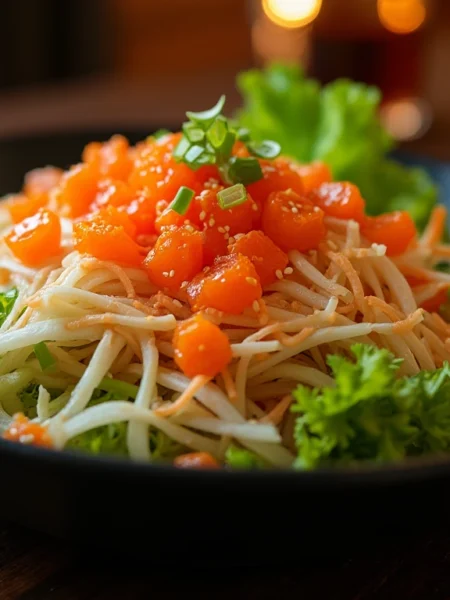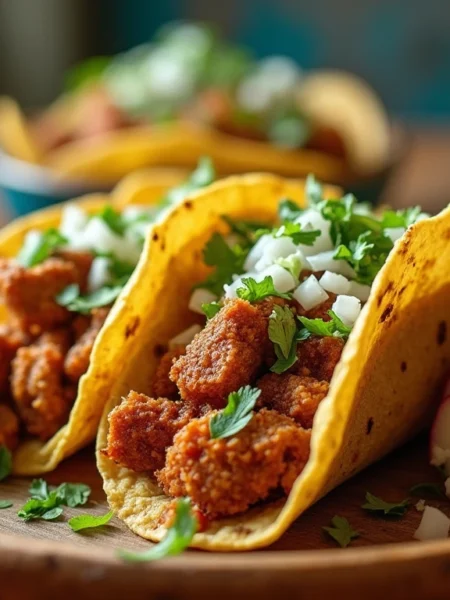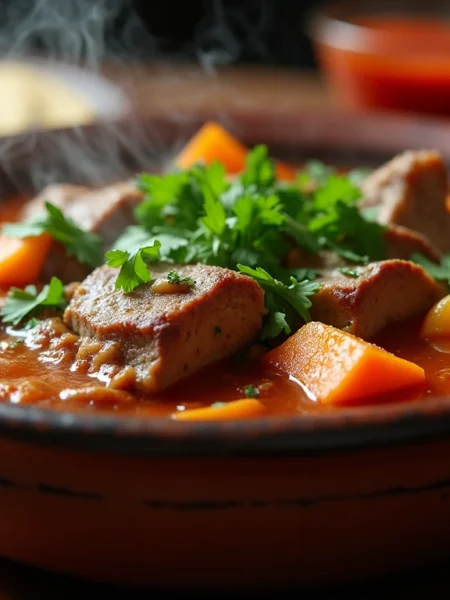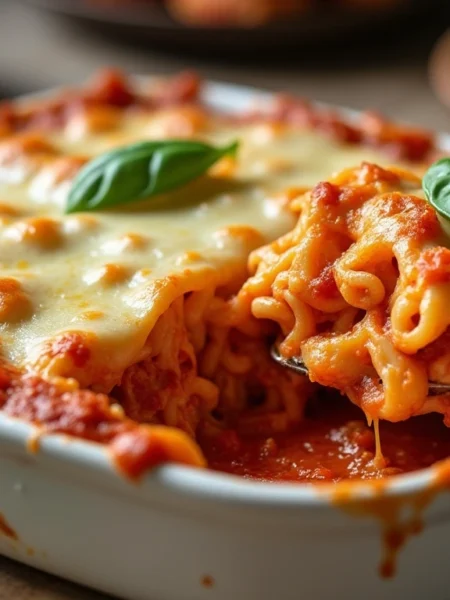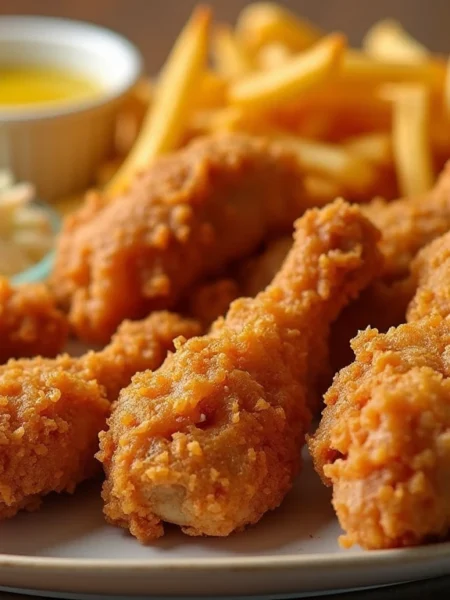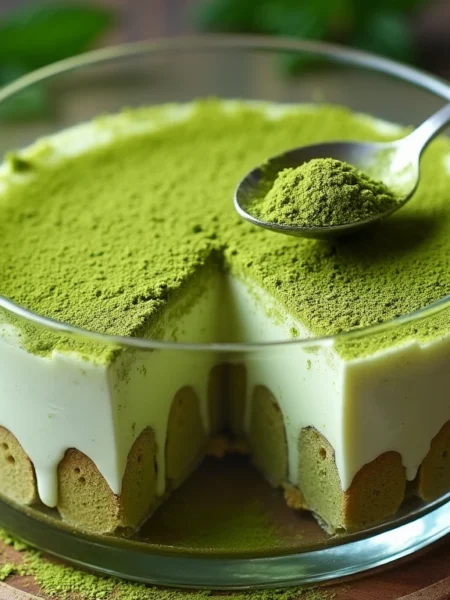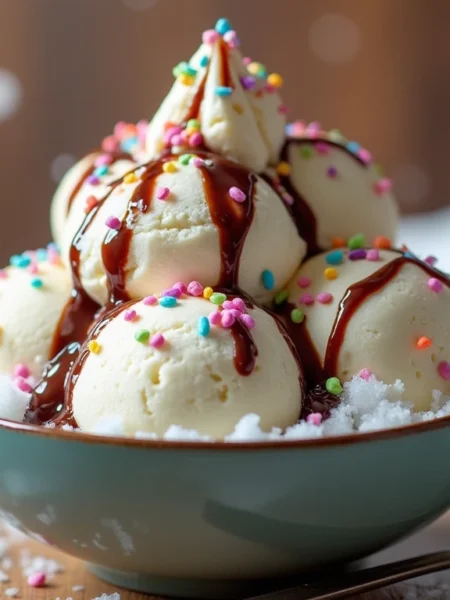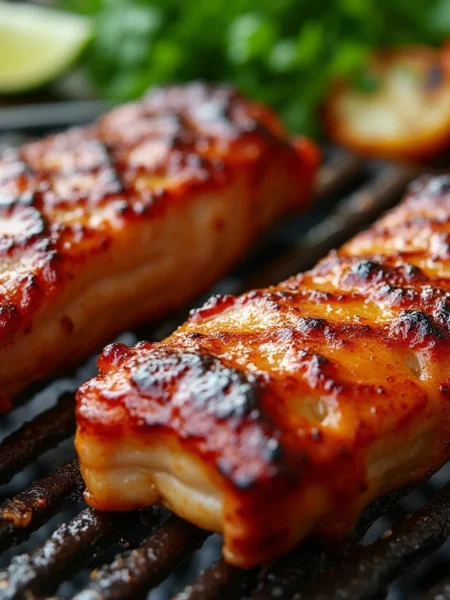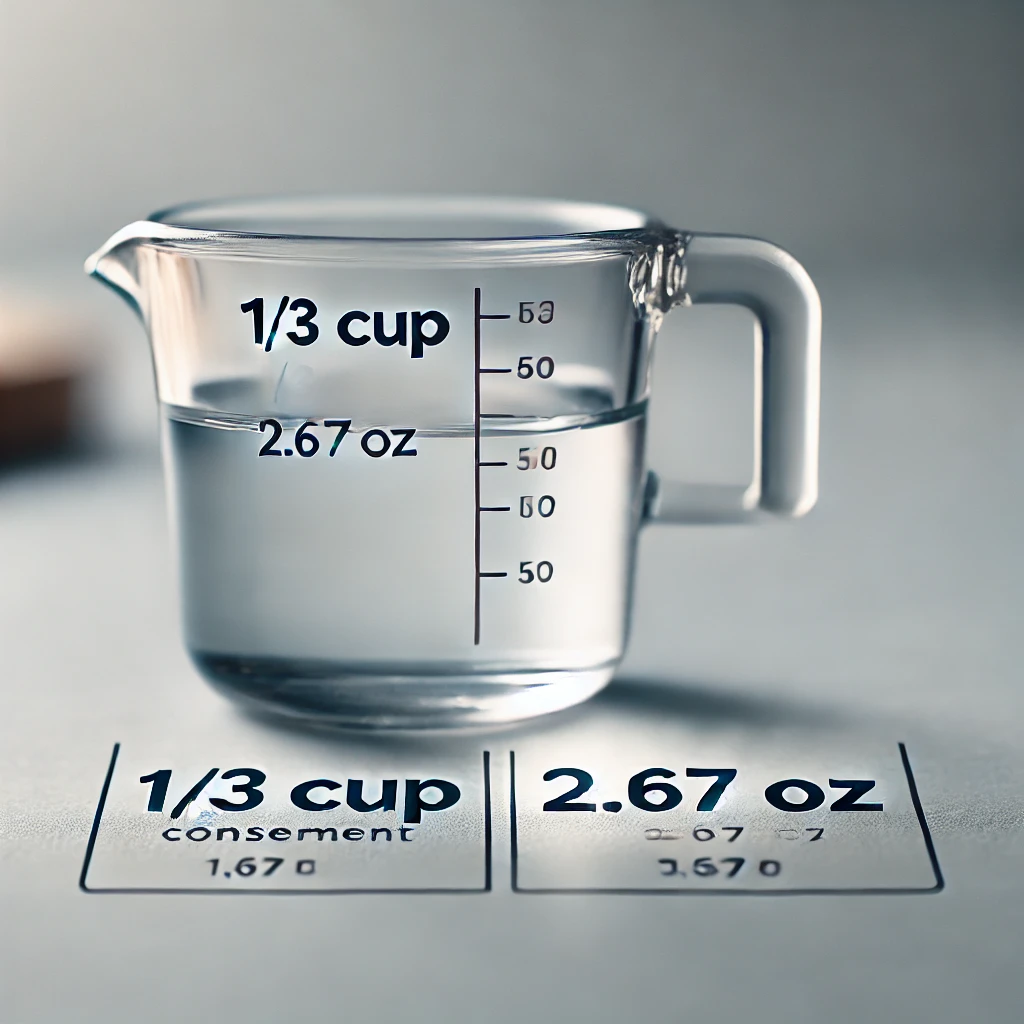Fresh Wisconsin cheese curds: Why You Should Try It
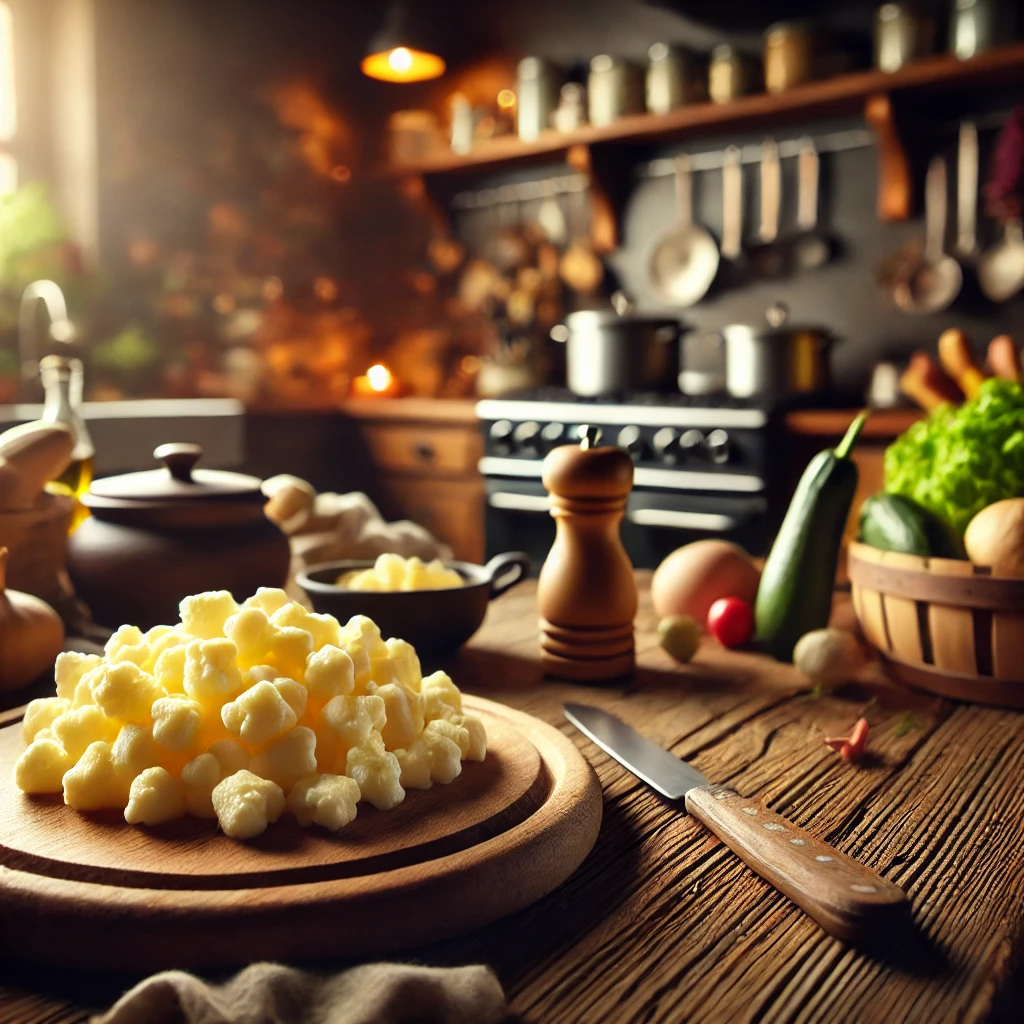
Fresh Wisconsin cheese curds: Why You Should Try It
Description
cheese curds

The Midwest's Iconic Cheese Curds: Are You Eating the Real Thing?
Cheese curds are a staple in the Midwest, but if you live outside the region, how can you tell if what you're eating is authentic? We spoke to an expert to find out.
Wisconsin: America's Dairyland
Wisconsin proudly calls itself America's Dairyland, a title displayed even on its license plates. When you arrive at the airport, you're greeted with fresh cheese, and the state's NFL team fans are affectionately known as "cheeseheads." Wisconsin’s connection to cheese runs deep.
I had the privilege of meeting several Wisconsin cheesemakers, who shared their insights on sourcing dairy, making award-winning cheese, and explaining the uniqueness of cheese curds to those unfamiliar. As someone from outside the Midwest, I had always found cheese curds mysterious, usually encountering them in deep-fried form. Though I had tasted them, I never understood what made them so quintessentially Wisconsin.
In honor of National Cheese Curd Day, I spoke with Wisconsin Master Cheesemaker Bob Wills at his Cedar Grove Cheese plant in Plain, Wisconsin. Wills explained the magic behind curds—what they are, how they’re made, and why they squeak. Grab some fresh curds and read on to discover what makes them special.
1. Freshness Is Key for Cheese Curds
Cheese is typically aged to develop its flavors, but cheese curds are the exception—they should be fresh. Outside Wisconsin, the curds you find in stores may not be the real deal.
“There are cheese curds, and then there are Wisconsin cheese curds,” says Wills. “In Wisconsin, state laws allow cheese curds to be sold unrefrigerated for up to one day after production.” After that, they must be discarded if unsold. These fresh, warm curds are the best of the best, especially if you get them straight from the vat.
Outside of Wisconsin, curds don’t follow these strict rules, meaning the curds at your grocery store are likely not fresh. Sellers often use refrigeration, gas flushing, or vacuum packaging to extend shelf life, but the quality usually decreases the longer they sit.
2. Cheese Curds: The Baby Cheddar
Cheese curds aren’t a separate type of cheese—they’re simply young cheddar. These curds are separated from the whey during cheesemaking but aren’t aged like traditional cheese. Instead, they’re bagged and sold immediately, making them a quick revenue source for cheesemakers.
“All cheese starts with curds, but what people know as cheese curds comes from the traditional cheddaring process,” Wills explains. In this process, small curds are formed into slabs, which are repeatedly turned and stacked to remove excess whey and air. These slabs are then milled into larger curds—the snack we know today. Ironically, while cheddar is made to age for years, curds are meant to be eaten within hours.
3. The Famous Cheese Curd Squeak
The telltale sign of a fresh cheese curd? It squeaks. “Good curds squeak because of the long protein strands rubbing against your teeth,” Wills says. However, this squeak disappears after about three or four days as the cheese ages.
If your curds lose their squeak, a quick microwave zap can bring it back for a short time. They won’t be as fresh as new curds, but they’ll still be enjoyable.
4. Don’t Worry About Old Curds—They’re Just Cheese
If you don’t finish your curds while they’re fresh, they’ll simply become cheese. “Vacuum-sealed or gas-flushed curds that are over a week old are just cheese,” says Wills. These older curds can be used in salads, poutine, or fried. You can also freeze curds, and when thawed, they’ll be almost like new if eaten quickly. Breaded and fried curds freeze well too, giving you a chewy, delicious snack.
5. Flavored Cheese Curds Are Gaining Popularity
Gone are the days of just white and yellow cheese curds. Cheesemakers are experimenting with flavors like Cajun, olive, horseradish, garlic, scorpion pepper, and even ranch. Wills himself offers pizza-flavored curds and has even dipped curds in a chocolate fountain for a unique twist.
6. Beware of Fake Curds
Some sellers take aged cheddar, break it into pieces, and sell it as “curds.” However, true cheese-curds have a short shelf life, and real curds are fresh. Be cautious of these imitation curds, as they’re not the real deal.
In summary, if you're not in the Midwest, finding authentic cheese-curds can be tricky. But with these insights, you'll know what to look for the next time you want to experience the squeaky goodness of real Wisconsin cheese-curds.
Handpicked Recipes
